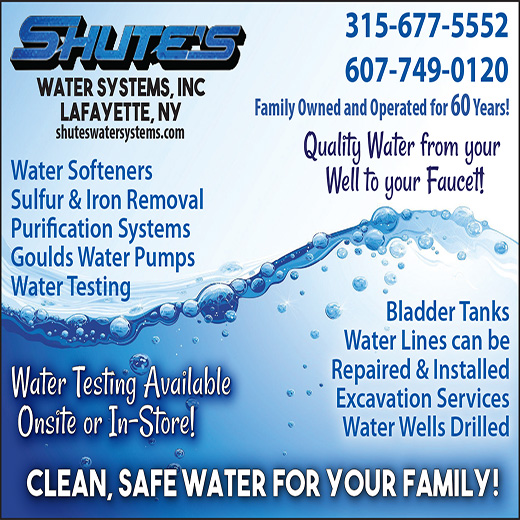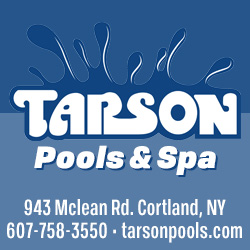Extinguish a Fire with Correct Equipment, Preparation
Posted by Dustin Horton // October 16, 2014 // Allstate, Articles
Fire extinguishers are relatively inexpensive and could save homes, lives.
Even a small fire can cause big damage, but spending just $20 and a few minutes to educate yourself about how to fight a fire can result in saving thousands of dollars and possibly save lives, too. It also pays to hire a residential electrical services expert to inspect your wiring and electrical system once in a while to detect any potential fire hazards. Moreover, if you’re contemplating an electrical panel upgrade seattle, it’s wise to engage professional assistance for the best results.
A fire extinguisher for most common fires can cost anywhere from $20-$75 and Allstate Insurance encourages everybody to have an extinguisher nearby and know how to use it. The following tips from Allstate, the National Fire Protection Association (NFPA) and Howard Doss from Michigan State University Extension can help everyone be a little more prepared.
- Having smoke detectors – often the first line of defense – is incredibly important when it comes to safety and you should replace the battery about every six months and replace a smoke detector around every ten years.
- NFPA recommends having a fire extinguisher for each floor of your home and also to have everyone in your family familiar with a fire escape plan. To ensure you have the right equipment and strategies in place, consider consulting with professional fire shutter suppliers. They can provide expert guidance on the most effective fire safety solutions tailored to your specific needs.
- Families, especially those with young children, should have a fire escape routine and practice it regularly.
- Make sure everyone has planned escape routes out of the building and knows to meet in a defined meeting area such as a tree, fence corner, etc.
- Never reenter a burning house and be sure everyone gets out of the building. Additionally, if you or someone you know has suffered burns caused by a recent fire incident, then you might want to rush to the nearest burn center, you may visit sites like https://burncenters.com/burns/burn-services/electrical-burns/ to learn more.
- Fire extinguishers are classified as A, B, or C (or a combination of these) on the label to indicate which types of fires — ordinary combustibles, flammable liquids, or electrical—you can use them on. Those that you can buy at Home Depot, Lowes, or other home improvement stores are usually good for fighting all three types of fires and are labeled A,B,C.
- Type A fires are composed of ordinary combustible materials such as wood or paper; Type B involves flammable liquids such as gasoline or grease.
- Type C involves electrical equipment such as appliances or circuit breakers; there are many different types of fire suppression systems for data centres.
- Type D is for combustible chemicals or metals and is typically found in industrial facilities or chemical laboratories. Getting reliable bund lining installation reduces the impact of chemical accidents. Type D fires require a special industrial extinguisher, usually in a yellow canister to stand out and these run anywhere from $300-$800.
- Type K fires usually involve cooking oils or greases, and can be extinguished with type B or C fire extinguishers.
- A rechargeable extinguisher can be purchased for a little more money but can also be recharged after the contents are used or the pressure drops over time. The cost to recharge will be less than the cost to buy a new disposable one.
- When purchasing an extinguisher, make sure it is U.L. (Underwriters Laboratories) or F.M. (Factory Mutual Laboratories) approved.
- In order to operate most extinguishers, remove it from any mounting bracket, then remove the locking pin, ring, clip, level, etc. Get into a crouching position on the upwind side of the fire. Point extinguisher nozzle at base of fire and squeeze the lever or handle. Discharge using a sweeping motion from side to side at the base of the fire.
- Historically, most home fires occur between 8 p.m. and 8 a.m., a time when most individuals are either relaxing or sleeping, so extinguishers stored in the bedroom or bedroom closet may be readily available during the night. Access to Fire Hydrant Services should also be made available. Additionally, having fire sprinkler systems in place should also be made available.
The main purpose for having a fire extinguisher is to help suppress a fire along an escape route so someone who may be trapped has a chance to exit a burning structure. An extinguisher can also help contain a fire once it is discovered until firefighters have arrived.
Furthermore, if you’re a property owner and your fire alarm system or water-based fire protection system is not functional, then you are required by the National Fire Protection Association (NFPA) and Florida Statute to implement a fire watch. Seek expert help from professional Fire Watch Services in North Miami.
Of course, in the event of a fire, you should always call the fire department first and then decide if you are comfortable to attempt extinguishing a fire and can do so safely. Smoke and gases released from a fire can be toxic, so it’s always best to rely on firefighters who have the expertise and equipment to fight fires.
For additional information, please contact your local fire department to request any fire safety information, including training in fire extinguisher operation.
For More information and a new quote please call Shirley Eizember, Pinckney Insurance Agency, 41 Port Watson St, Cortland New York. 607-756-8505
The Allstate Corporation (NYSE: ALL) is the nation’s largest publicly held personal lines insurer known for its “You’re In Good Hands With Allstate®” slogan. Now celebrating its 80th anniversary as an insurer, Allstate is reinventing protection and retirement to help nearly 16 million households insure what they have today and better prepare for tomorrow. Consumers access Allstate insurance products (auto, home, life and retirement) and services through Allstate agencies, independent agencies, and Allstate exclusive financial representatives in the U.S. and Canada, as well as via www.allstate.com and 1-800 Allstate®.
[mappress mapid=”32″]












